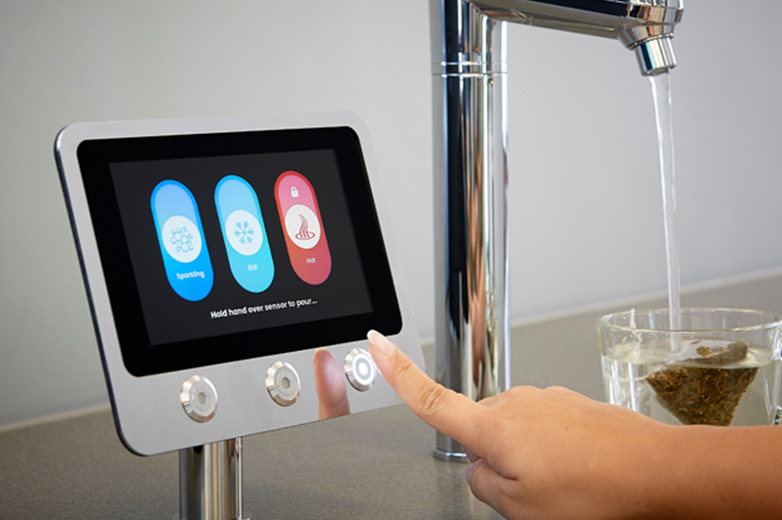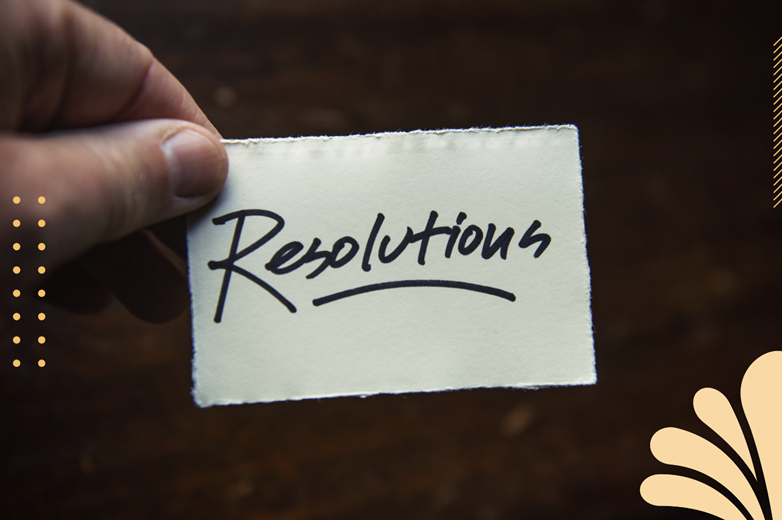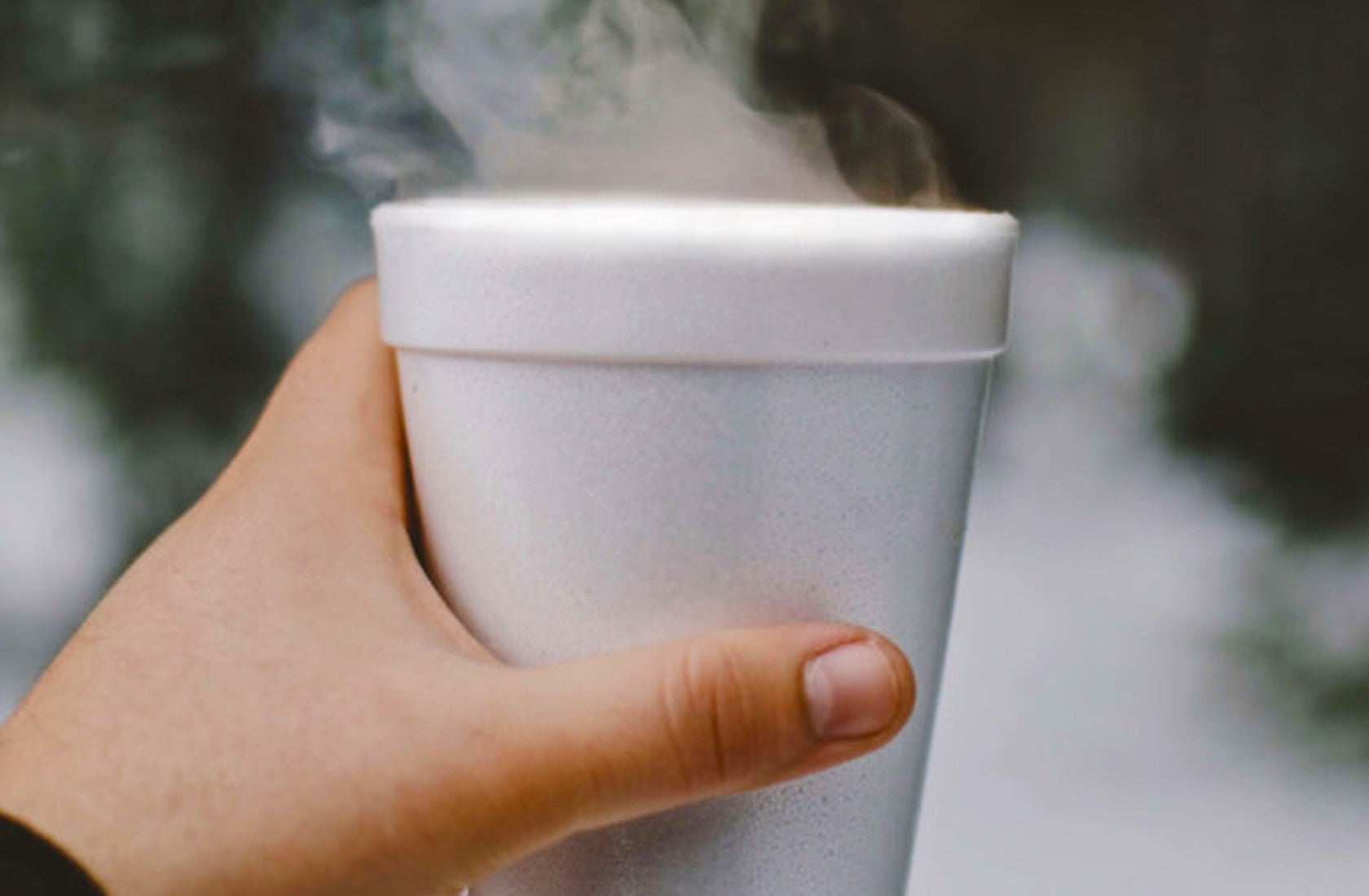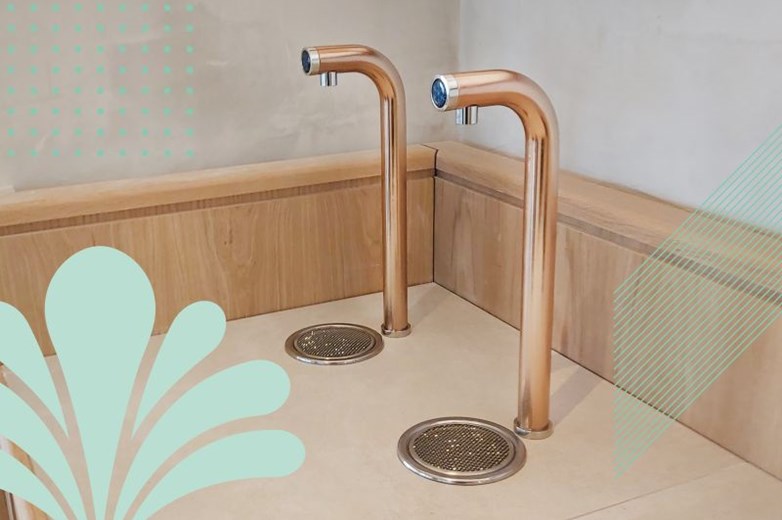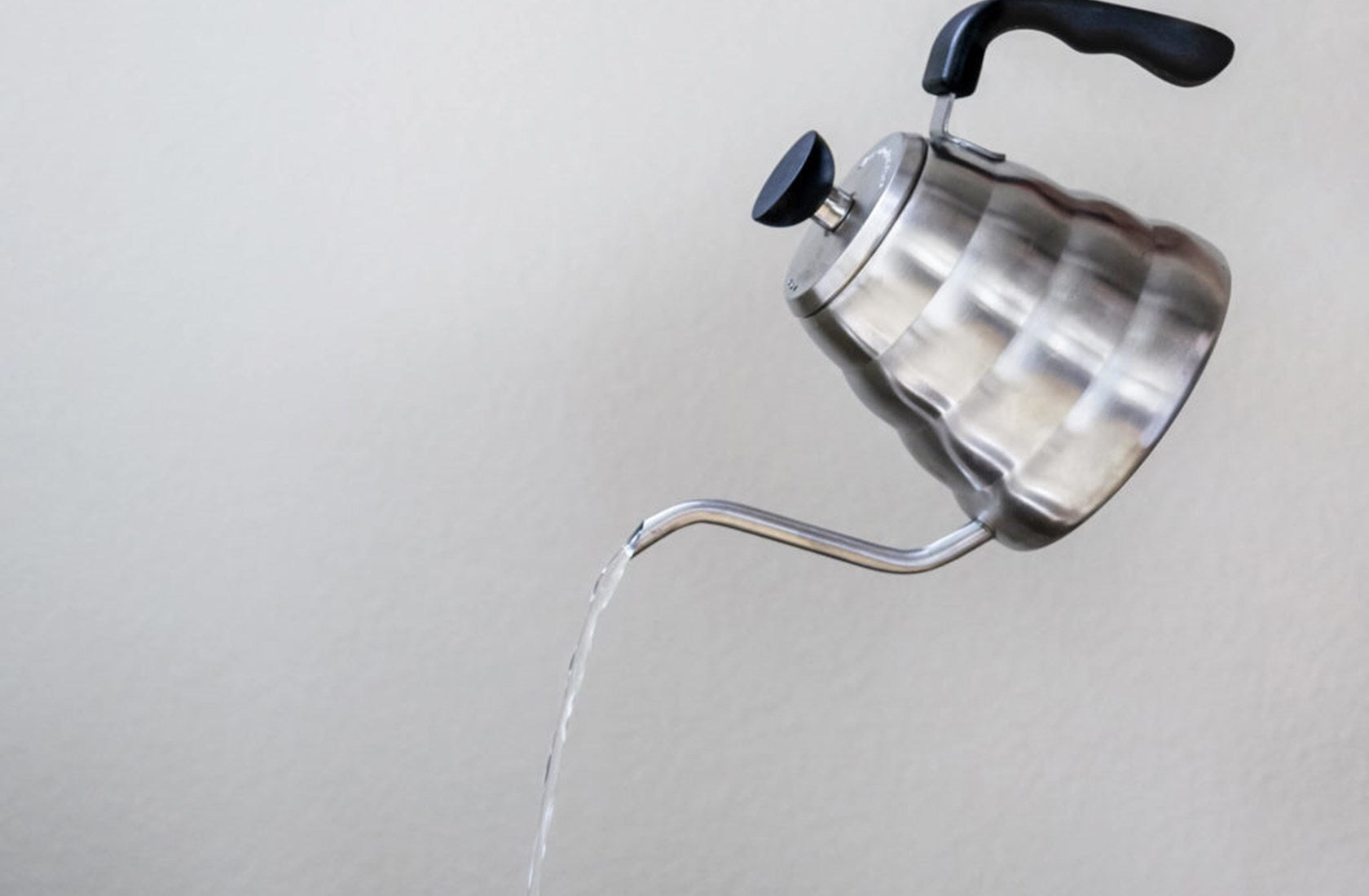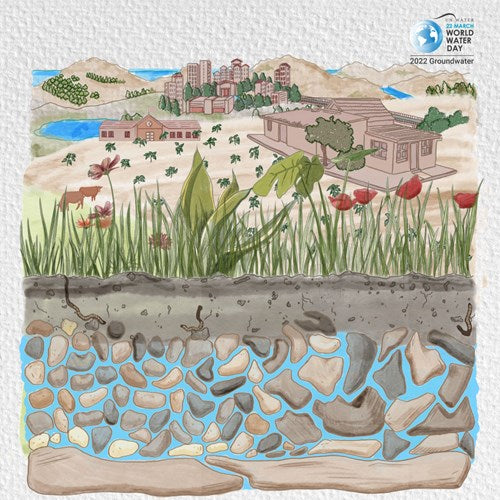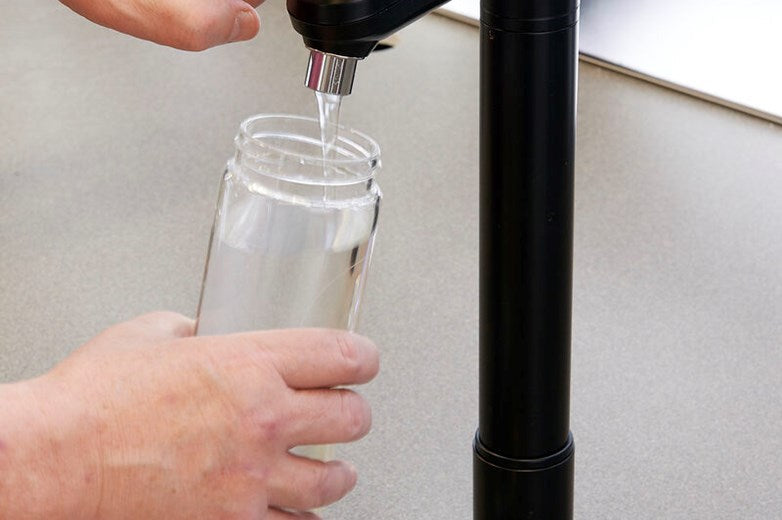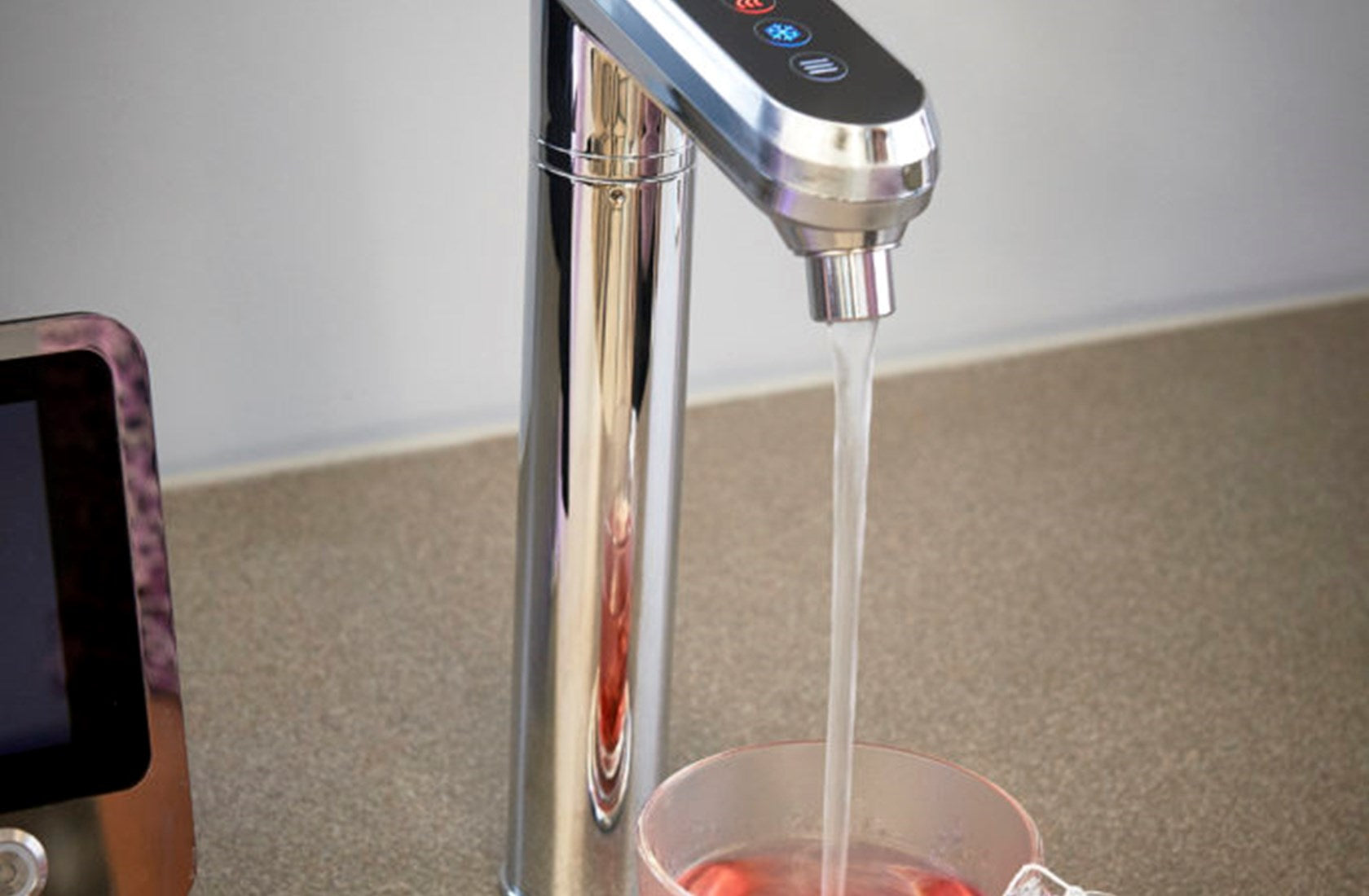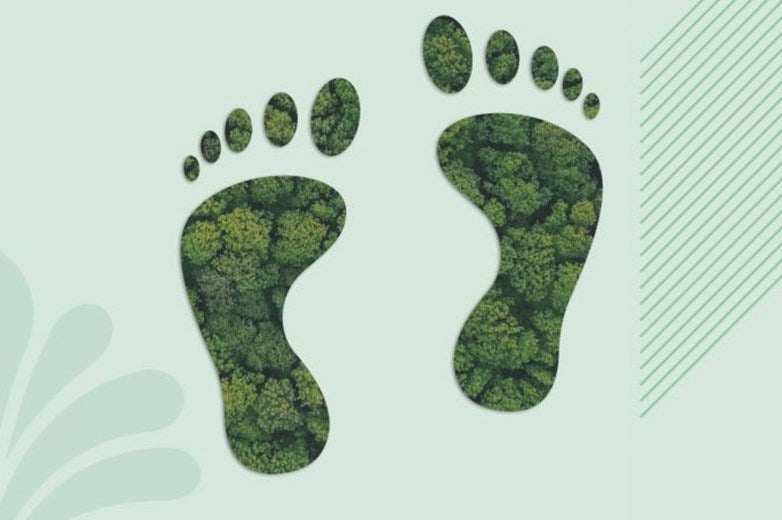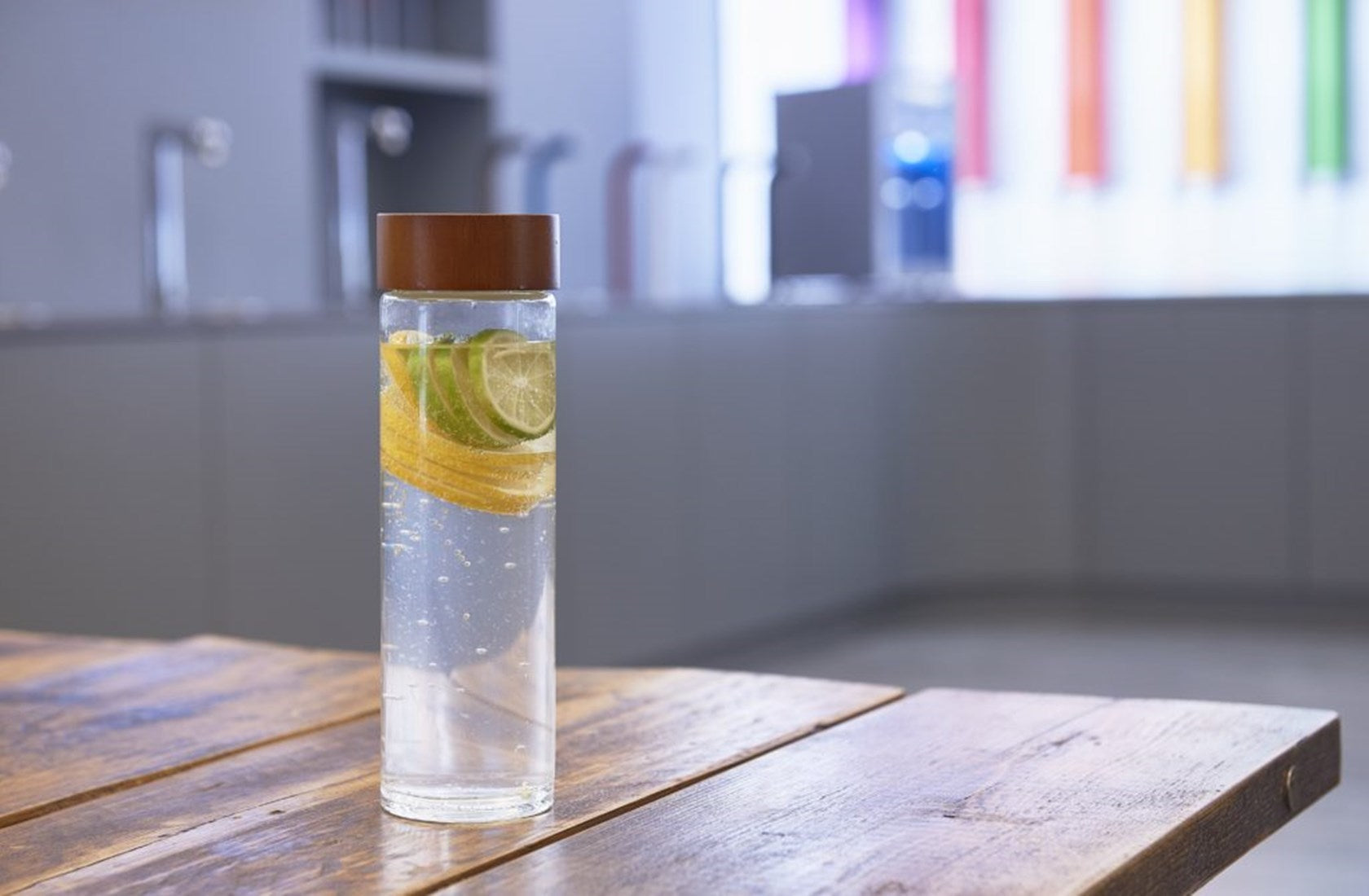The kettle has been around for thousands of years. Made from thermo-conductive materials and fitted with a handle for suspension and/or carrying, the kettle (or cauldron) is a vessel for heating food and water.
Until the teakettle came into common use during the 18th century, ‘kettle’ was an all-encompassing term, making no distinction between the spouted pot with a lid and the open-top bowl.
Certain English terms reflect the traditional idea of a kettle: a ‘fish kettle’ is a long, shallow pot for cooking whole fish in; a ‘kettle drum’ is a large, bowl-shaped drum; a ‘kettle hole’ (a geological term) is a hollow, typically filled with water.
The kettle can be thanked for providing countless generations with boiled – and thus sterilised – drinking water. In China, people began to add green tea leaves to the hot water for some flavour – a practice that was first documented during the Shang Dynasty (approximately 1600 to 1100 BC). Vegetation of all kinds has been thrown into boiling water, including barley and other grains, which led to what we now call malt beer.
But let’s put aside, for now, the marvellous concoctions that have been created in this most ancient of appliances, and have a look at the kettle itself. Where does it come from? And where is it going?
What’s in a name?
By the middle of the 5th century AD, Britain was no longer a part of the Roman Empire. The people of Britain were speaking a mixture of Latin and Insular Celtic. It wasn’t long, however, before Anglo-Saxon migrants flooded into Britain, bringing with them Germanic languages that formed the basis of Old English.
The Oxford Dictionary of English cites the origin of ‘kettle’: “Old English cetel, cietel, of Germanic origin, from Latin catillus, diminutive of catinus ‘deep container for cooking or serving food’.”
Through repeated invasions of Britain by Norsemen from Scandinavia, the English language was strongly influenced by Old Norse. In Middle English, a ‘kettle’ or ‘cauldron’ was ketill.
Tool for life
Mesopotamia, in Western Asia, was the world’s main arena in terms of revolutionary human activity. The Neolithic (‘new stone’) Age saw the beginnings of settlements, agriculture, pottery, irrigation, and mathematics. With the Bronze Age came the wheel. And the kettle.
Bronze, an alloy of copper and tin, was the first deliberately created metal alloy. In Mesopotamia, archaeologists discovered a bronze kettle that was probably being used as early as 3000 BC. This is the very earliest example of a water-heating vessel.
For centuries, all over the world, families, travellers, cowboys, sailors, farmers, and the military were using durable iron kettles for cooking food and boiling water. These were robust tools that could withstand frequent transportation, constant use, and lots of knocks and bashes. Since the Neolithic Revolution, when Homo sapiens began its new existence as a user of resources, the kettle has been one of the most vital tools for the survival of our species.
British teakettle
Before the middle of the 18th century, only a minority of British people drank tea – an expensive item, imported from Asia. Tea was for the wealthy. Not surprisingly, in keeping with the elitism of tea-drinking, teakettles were ornate trinkets, often made of silver.
When the British East India Company began to trade directly with China, focusing on tea imports, the drink became available to a wider demographic. Tea was fast becoming affordable to all, and very popular among all classes. There was now a market for cheaper teakettles.
Copper is durable, malleable, and an excellent conductor of heat. In response to the trend for tea drinking, the copper teakettle became an everyday object in British homes.
Whistling kettle
In February 1888, Charles Coats, from Illinois, US, applied to patent his invention:
“A new and useful improvement in tea-kettles [whereby] water may be introduced at any time without danger of burning the hands, and which shall also be provided with an automatic signal to indicate when the water is getting low.”
Mr Coats was granted his patent in April 1989.
More than two decades later, in May 1914, Jorgen Madsen, from New Jersey, US, applied to patent his Combined Tea-Kettle and Signal. Mr Madsen’s patent was granted in November 1915.
The invention of the whistling kettle is commonly attributed to Londoner, Harry Bramson, who sold the patent rights in 1923.
The whistling of a kettle isn’t quite as tuneful as birdsong – the happy harbinger of spring. But it is a merry harbinger of a hot cuppa. For those of us who grew up with whistling kettles on the hob, there are enduring memories of that piercing whistle, accompanied by shouts of, “Kettle’s boiling!”, “I know!”, or “Will someone do something with that kettle!”
Electric kettle
In the early 1890s, there were two notable attempts at producing a commercially viable electric kettle.
Carpenter Electric Company, in the US, launched their electric kettle in 1891. Two years later, UK firm Crompton & Co released their own model. Both of these kettles featured a heating element housed in a separate compartment, and both took more than 10 minutes to boil.
In 1909, German company Allgemeine Elektricitäts Gesellschaft (AEG) brought out a stylish electric kettle made of nickel-plated brass (copper and zinc alloy), with a rattan handle. This kettle, created by the famous architect and industrial designer, Peter Behrens, also had a separately housed heating element. Canny branding presented the kettle as a fashion item, with a focus on aesthetics, and it proved immensely popular with the German public.
It was Bulpitt & Sons, in Birmingham, UK, who eventually cracked the case. The world’s first kettle containing a submersible electric heating element hit the market in 1922. Produced under Bulpitt & Sons’ Swan brand, from a design by company employee, Leslie Large, the Swan kettle set the standard for the rest of the 20th century.
Design and materials have changed over the years, but the basic idea is pretty much the same as it was then. One regular feature of the modern electric kettle, however, is that it automatically switches off when the water has reached boiling point.
Continuous supply of hot water
Let’s start with the village hall staple: that monstrosity in the kitchen that heats water and keeps it at a steady temperature, ready to make 100 cups of tea. Some models are plumbed into the mains, and so fill up automatically; others are filled manually. This item is never actually referred to as as a ‘kettle’, but just like the cauldrons that were hung over open fires centuries ago, it does heat water for drinking, and it definitely deserves to be included in our History of Kettles.
The modern (and debonair) version of the commercial hot water dispenser is the Aqua Boil from Aqua Libra Co, popular in the catering and hospitality industry and in offices, staffrooms, and meeting rooms. In some homes, the kettle (as we know it) is making way for this modern cauldron that provides an endless supply of pure, hot water.
One of the most sophisticated advancements in the provision of hot water is the water-dispenser unit that offers a continuous supply of purified boiling and chilled water. Neatly installed into a worksurface, these elegant taps are safe, economical, and environmentally friendly.
In the wake of the COVID-19 pandemic, the revolutionary Aqua Touchless is operated through gesture control, thus helping to prevent the spread of viruses.
Internet of Things (IoT)
“The most profound technologies are those that disappear. They weave themselves into the fabric of everyday life until they are indistinguishable from it.” Mark Weiser (1952-1999)
Mark Weiser was a visionary who predicted a world of ‘ubiquitous computing’. The Internet of Things (the network of appliances that are embedded with software for the purpose of exchanging data with other devices and systems) is expanding rapidly. Internet connectivity is shared with phones, televisions, printers, doorbells, security systems, utility meters, thermostats … in fact, thousands of different devices, including the kettle.
So, is this the future of the kettle? Perhaps the days of switching the kettle on for a cuppa will soon be gone. Maybe, in the next phase of the kettle’s history, it will be programmed from afar – whether from the bedroom, the garden, or the other side of the world.
